- 0086-0769-87986375
- Welcome you to Dongguan Yili Bags Co., Ltd. website!
The Ultimate Guide to Choosing the Perfect Musical Carrying Bag for Your Instruments
In the world of music, the preservation and protection of instruments are paramount, and choosing the right Musical Carrying Bag is essential for both amateur and professional musicians alike. Recent industry reports indicate that over 70% of musicians experience concerns related to instrument damage while traveling. With a growing market that is projected to reach over $2 billion by 2025, the importance of selecting the ideal bag cannot be overstated. Factors such as material durability, padding quality, and ergonomic design play critical roles in safeguarding your instruments from the rigors of transport. This Ultimate Guide aims to provide comprehensive insights into selecting the perfect Musical Carrying Bag that not only meets your budget but also aligns with your musical needs and lifestyle.
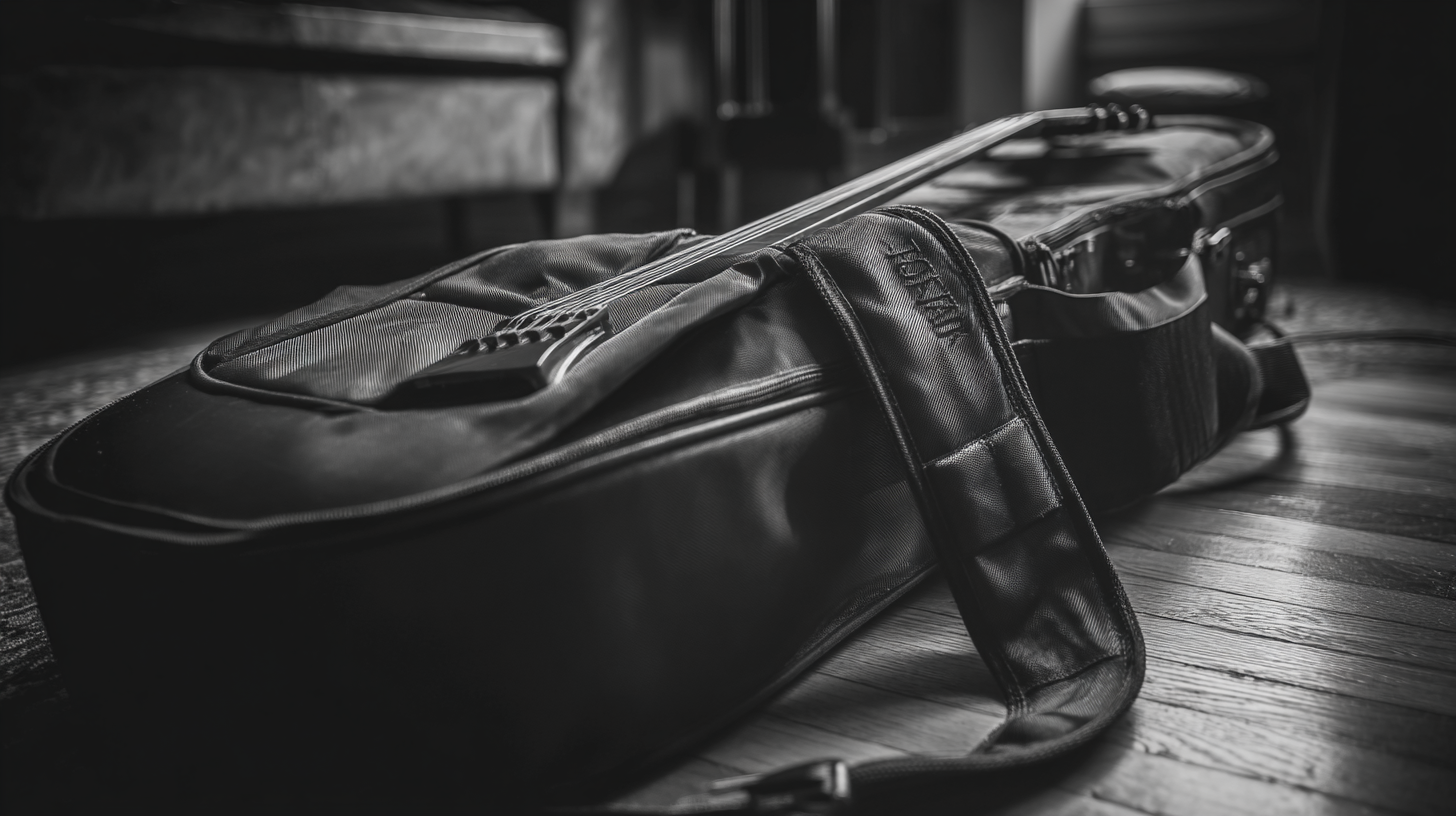
Understanding the Importance of a Quality Musical Carrying Bag for Instrument Longevity
When it comes to protecting your musical instruments, investing in a high-quality carrying bag is essential for their longevity. Instruments are often delicate and susceptible to damage from environmental factors, such as moisture, temperature changes, and physical impact. A well-constructed carrying bag acts as a barrier against these threats, ensuring that your cherished instruments remain in optimal condition. The right bag not only cushions your instrument but also provides adequate padding and support, significantly reducing the risk of scratches or dents during transport.
Additionally, a quality musical carrying bag offers features that cater to musicians' needs, such as storage compartments for accessories and easy portability. Look for bags made from durable and water-resistant materials to ensure your gear is protected against unforeseen circumstances. Ergonomic designs with comfortable straps make carrying easier, especially for musicians who travel frequently. By choosing the perfect musical carrying bag, you are not just making a purchase but making a long-term investment in the health and durability of your instruments, allowing you to focus on what truly matters—your music.
Key Features to Look for in a Musical Carrying Bag: Materials, Padding, and Durability
When selecting a musical carrying bag for your instruments, the materials used in the bag are of utmost importance. Look for high-quality fabrics like nylon or polyester that provide excellent water resistance and abrasion resistance. These materials not only protect your instrument from moisture but also withstand the rigors of daily transport. Additionally, consider bags that feature heavy-duty zippers and reinforced stitching, as these elements significantly enhance the bag's durability and longevity.
Padding is another critical aspect to consider when choosing a carrying bag. A well-padded bag not only cushions your instrument against bumps and drops but also offers protection during travel. Opt for bags with thick foam padding or even molded cases that provide maximum safety for delicate instruments. Furthermore, check for extra padding in areas that are more susceptible to impact, particularly around corners and edges. This thoughtful design ensures that your instrument remains secure and intact, regardless of how rough the journey may be.
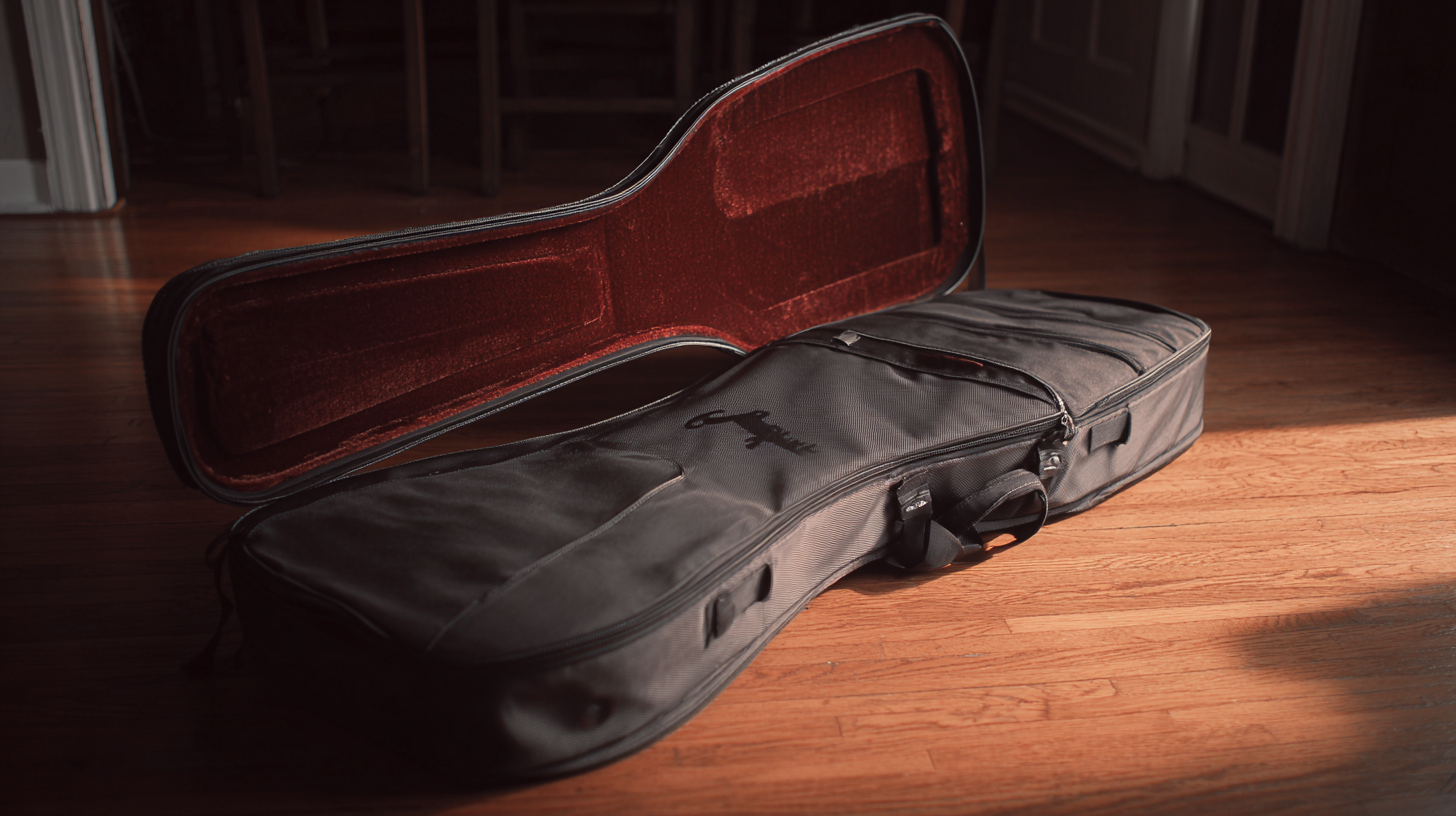
Analyzing the Impact of Weight Distribution in Musical Carrying Bags on Musicians' Health
When selecting a musical carrying bag, weight distribution is a crucial factor that often gets overlooked. Musicians frequently carry their instruments for long periods, and improper weight distribution can lead to a range of health issues, from muscle strain to chronic back pain. A well-designed bag will balance the weight across the body, minimizing discomfort and allowing for longer practices or performances without physical strain.
**Tip 1:** Look for bags with padded shoulder straps and a hip belt. These features help to distribute weight evenly across your shoulders and hips, providing greater support and reducing the risk of injury.
**Tip 2:** Consider the bag's shape and structure. A bag that molds to the natural curvature of your body is less likely to cause pressure points, allowing for greater agility and comfort as you navigate your day.
When trying out a bag, take the time to test its weight distribution by loading it with your instrument and walking around. This trial can help you determine if the bag provides the comfort and support necessary for both short and long-distance travel.
The Ultimate Guide to Choosing the Perfect Musical Carrying Bag for Your Instruments
| Feature | Description | Impact on Musicians' Health | Recommended Weight Distribution |
|---|---|---|---|
| Strap Padding | Thick cushioning to reduce shoulder pressure. | Prevents shoulder pain and discomfort. | Evenly spread weight across both shoulders. |
| Weight Distribution System | Design that balances weight effectively. | Lowers risk of back strain and injuries. | Centered load to maintain posture. |
| Material Quality | Durable materials for protection and weight management. | Aids in reducing weariness during transport. | Lightweight, yet strong materials recommended. |
| Compartments and Pockets | Multiple storage areas for accessories. | Reduces clutter and promotes better organization. | Organize weight to prevent tilting. |
| Belt Features | Additional hip support to alleviate pressure. | Enhances comfort for long distances. | Supportive if carrying heavier instruments. |
Comparing Popular Brands: Best Options in the Market for Various Musical Instruments
When it comes to selecting the right carrying bag for your musical instruments, it’s essential to consider the various brands available in the market. Companies like Gator Cases, Mono, and Duet provide specialized options tailored to different instruments, ensuring that musicians find the perfect fit for their needs. Gator Cases, for example, is renowned for its rugged durability and protective features, making it an excellent choice for guitarists and bassists who frequently travel. Their hard shell designs offer top-notch safety against drops and impacts.
On the other hand, Mono bags are celebrated for their sleek design and lightweight structure, appealing to those who prioritize portability without sacrificing protection. These bags often incorporate high-density foam and weather-resistant materials, ideal for wind instrument players who need to navigate diverse environments. For string players, Duet offers stylish yet functional bags that come with additional compartments for accessories, allowing for convenient organization and easy access. By comparing these popular brands, musicians can make informed decisions that best suit their specific instrument and lifestyle.
Real-Life User Testimonials: How the Right Bag Transformed Musicians' Experiences
Choosing the right musical carrying bag can profoundly impact a musician's experience, as evidenced by countless real-life testimonials from performers. For instance, one guitarist shared how upgrading to a padded gig bag not only safeguarded their instrument during travel but also alleviated the stress associated with carrying gear to gigs. They described how the bag’s organizational pockets allowed them to keep essential accessories, like picks and tuners, within easy reach, making their setup process smoother and more enjoyable.
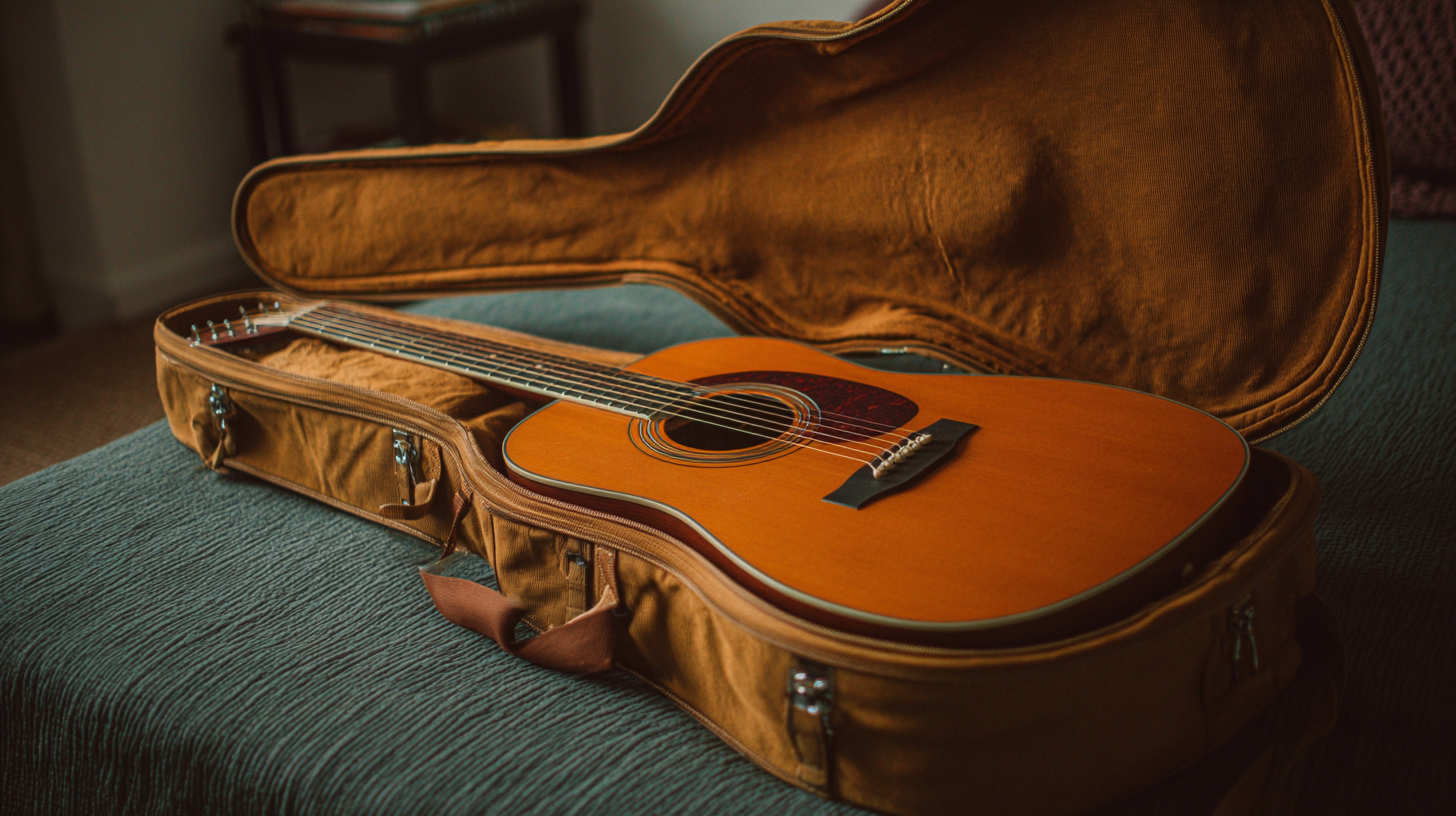
Another inspiring story comes from a violinist who once struggled with a bulky, ill-fitting case. After transitioning to a lightweight, ergonomic carrying bag designed specifically for violins, they expressed how the newfound comfort transformed their daily practice and performance routine. With the added mobility, they found it easier to attend rehearsals and connect with fellow musicians, ultimately enhancing their overall passion for music. These testimonials highlight that the right carrying bag is more than just an accessory; it is a vital tool that can elevate a musician's connection with their art.
Related Posts
-
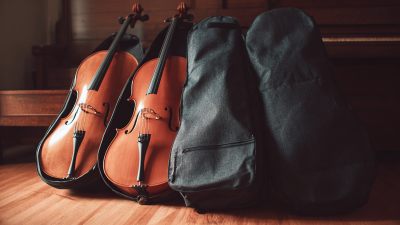
How to Choose the Perfect Musical Carrying Bag for Your Instruments: A Step-by-Step Guide
-

How to Choose the Best Medical Carrying Case for Your Needs
-

The Future of Medical Equipment Bags: Innovations Paving the Way for Healthcare Efficiency
-

Solutions for Maximizing Your Investment with Heavy Duty Tool Bags
-
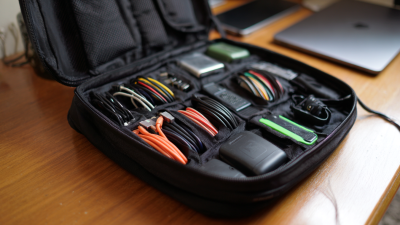
7 Reasons Why You Need a Cable Storage Bag in Your Life
-

Choosing the Right Manufacturer for Your Best Cable Organizer Bag Solutions
